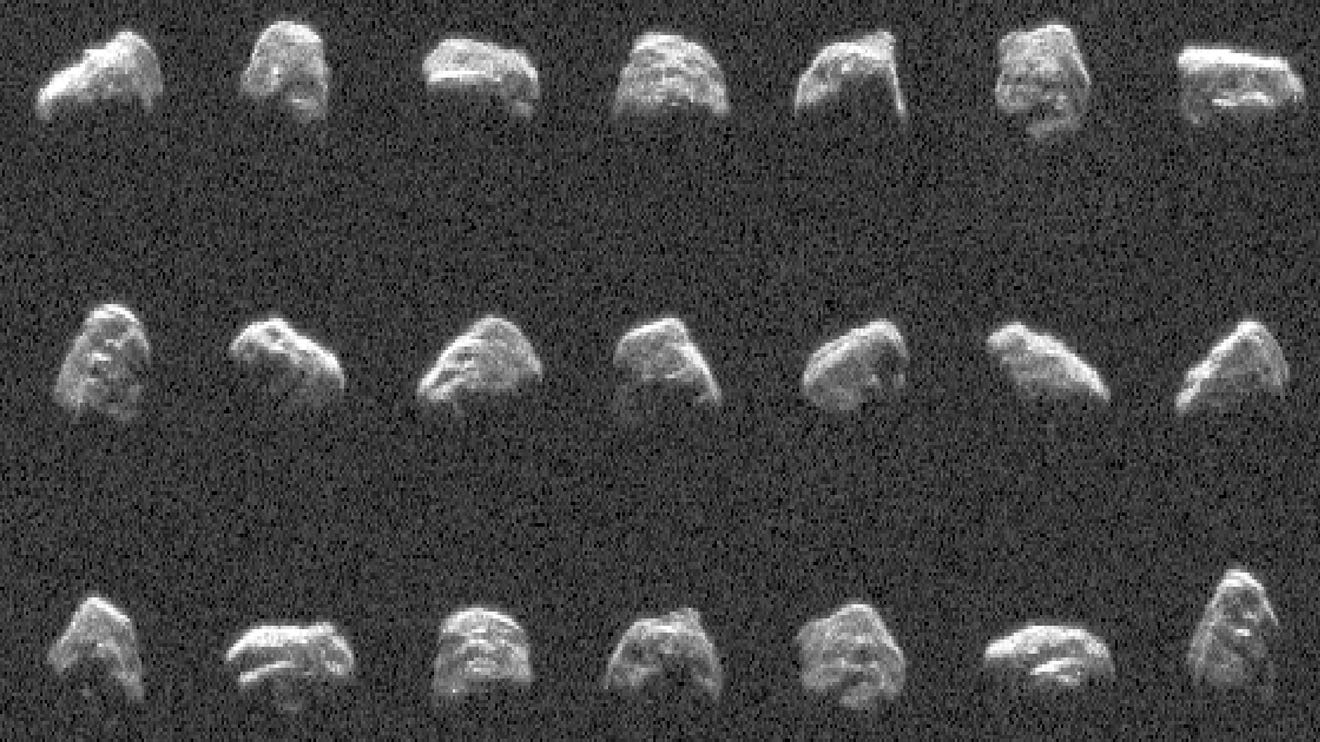Asteroids and Close Calls with Earth
Living on a Shooting Range
Recent news article
A massive asteroid, named 2024 MT1, is hurtling towards Earth at an astonishing speed of 65,215 km/h, warned NASA. The asteroid, measuring approximately 260 feet in diameter, is as big as the Statue of Liberty in size.
A History of Impacts
Earth bears the scars of countless asteroid impacts throughout its 4.5 billion-year history. The most famous example is the Chicxulub impact, estimated to be a 10-kilometer wide asteroid that struck the Yucatan Peninsula 66 million years ago. This cataclysmic event is believed to have triggered the extinction of dinosaurs, paving the way for the rise of mammals.

The Scale of the Threat
The severity of an asteroid impact depends on several factors: size, speed, composition, and impact angle. Small, fast-moving objects can explode harmlessly in the atmosphere, creating dramatic airbursts like the 2013 Chelyabinsk event in Russia. Larger asteroids, however, can leave devastating craters, trigger tsunamis, and inject dust into the atmosphere, blocking sunlight and causing a global "impact winter."
Recent Close Calls
Thankfully, truly world-ending impacts are incredibly rare. However, near misses with asteroids serve as a reminder of the ongoing celestial dance. In 2020, the 10-meter wide asteroid 2020 SW hit Earth's atmosphere near the Caribbean, unseen until just hours before impact. This highlights the challenge of detecting smaller objects.
2024 MK: A Tiny Dancer

Discovered in March 2024, 2024 MK is a relatively small asteroid, estimated to be between 20 and 40 meters in diameter. Asteroids of this size are classified as Near-Earth Objects (NEOs) due to their orbits periodically bringing them close to our planet. Thankfully, current calculations show 2024 MK will safely pass Earth in August 2027 at a distance of roughly 4 million kilometers, which is over 10 times the Earth-Moon distance. Astronomers will continue to monitor its trajectory for any potential changes.
2011 UL21: A Giant on a Loophole
Discovered in 2011, 2011 UL21 is a much larger NEO, estimated to be between 130 and 300 meters in diameter. This puts it in the category of potentially hazardous asteroids (PHAs) – objects that could cause significant regional damage upon impact. The good news: 2011 UL21 is classified as a "sentry object," meaning astronomers have ruled out any possibility of an impact for at least the next 100 years. However, due to its size, it remains an object of scientific interest, and its orbit is continuously monitored.
2011 UL21 has 5 close approaches predicted in the coming decades:
Date ———— Distance from Earth (km) —— Velocity (km/s)
June 27, 2024 ——— 6,641,274 ——————— 25.882
June 25, 2089 ——— 2,666,337 ——————— 24.957
July 1, 2123 ———14,848,598 ——————— 27.043
June 16, 2154 ——— 25,937,869 ——————— 21.942
June 22, 2188 ———8,046,580 ——————— 24.064
Planetary Defense: Scouting and Deflection
These close calls highlight the importance of Planetary Defense programs. NASA, along with other space agencies, actively tracks and catalogs NEOs. They employ ground-based telescopes and space-faring missions like NEOWISE to detect and characterize these objects. Early detection is crucial, as it allows time to develop deflection strategies if necessary.
One potential method involves a "kinetic impactor" spacecraft deliberately colliding with an asteroid to alter its trajectory. Another approach involves a "gravity tractor" spacecraft slowly nudging the asteroid over time. While these deflection techniques are still theoretical, ongoing research and missions like the Double Asteroid Redirection Test (DART) aim to make them a reality.
Looking Ahead: A Collaborative Effort
The threat of asteroid impacts may seem daunting, but it's important to remember that it's a manageable one. With continued international collaboration in detection, tracking, and deflection strategies, we can ensure a safer future for our planet. The human race has come a long way since the dinosaurs; with vigilance and scientific ingenuity, we can continue to navigate the celestial shooting range with minimal worry.
Asteroids are a natural part of our cosmic neighborhood, and close calls are a reminder of potential dangers. However, advancements in detection and deflection technologies offer promising solutions. By working together, we can safeguard our planet and ensure a future free from world-ending impacts.



